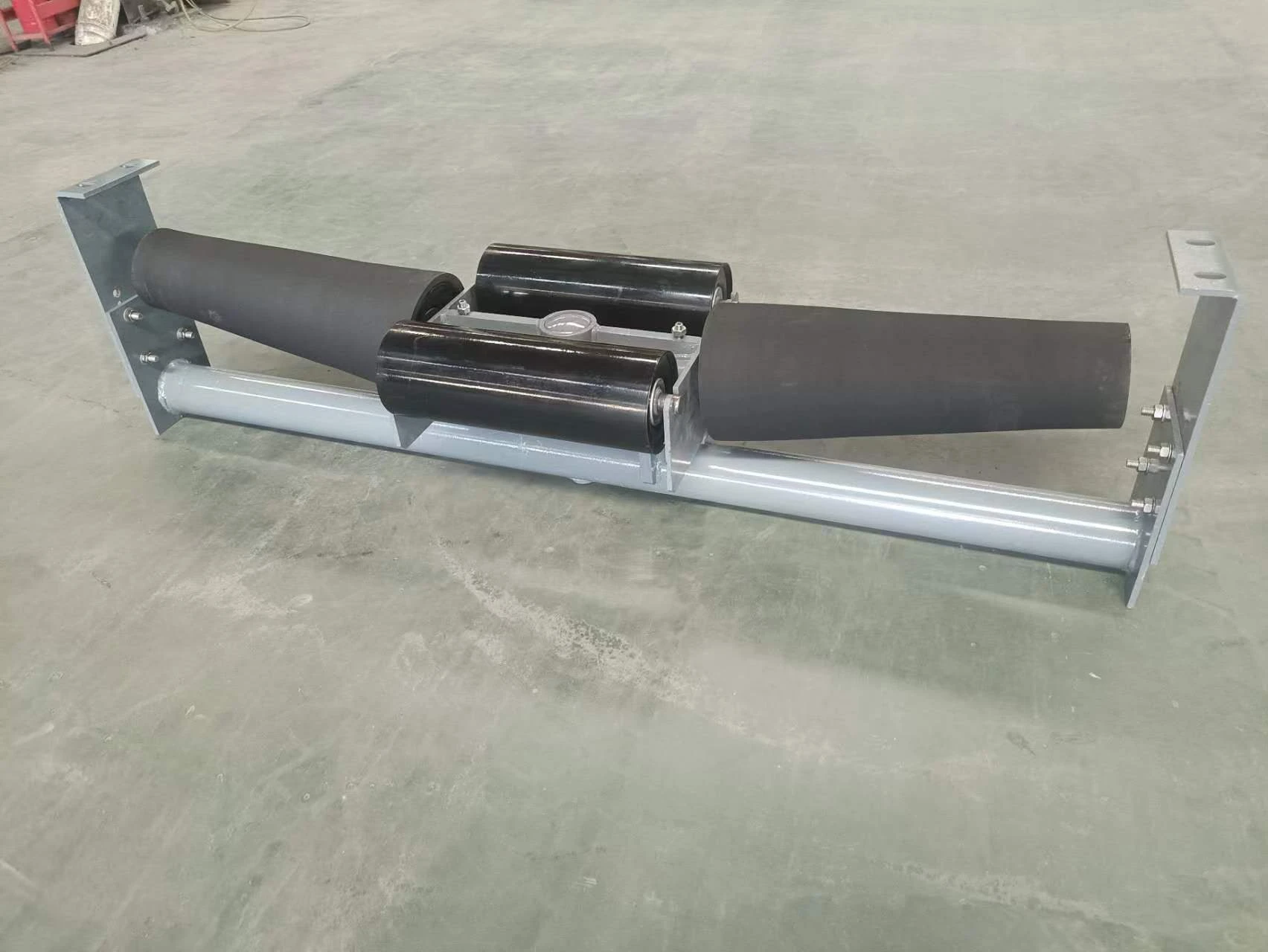 Afrikaans
Afrikaans  Albanian
Albanian  Amharic
Amharic  Arabic
Arabic  Armenian
Armenian  Azerbaijani
Azerbaijani  Basque
Basque  Belarusian
Belarusian  Bengali
Bengali  Bosnian
Bosnian  Bulgarian
Bulgarian  Catalan
Catalan  Cebuano
Cebuano  Corsican
Corsican  Croatian
Croatian  Czech
Czech  Danish
Danish  Dutch
Dutch  English
English  Esperanto
Esperanto  Estonian
Estonian  Finnish
Finnish  French
French  Frisian
Frisian  Galician
Galician  Georgian
Georgian  German
German  Greek
Greek  Gujarati
Gujarati  Haitian Creole
Haitian Creole  hausa
hausa  hawaiian
hawaiian  Hebrew
Hebrew  Hindi
Hindi  Miao
Miao  Hungarian
Hungarian  Icelandic
Icelandic  igbo
igbo  Indonesian
Indonesian  irish
irish  Italian
Italian  Japanese
Japanese  Javanese
Javanese  Kannada
Kannada  kazakh
kazakh  Khmer
Khmer  Rwandese
Rwandese  Korean
Korean  Kurdish
Kurdish  Kyrgyz
Kyrgyz  Lao
Lao  Latin
Latin  Latvian
Latvian  Lithuanian
Lithuanian  Luxembourgish
Luxembourgish  Macedonian
Macedonian  Malgashi
Malgashi  Malay
Malay  Malayalam
Malayalam  Maltese
Maltese  Maori
Maori  Marathi
Marathi  Mongolian
Mongolian  Myanmar
Myanmar  Nepali
Nepali  Norwegian
Norwegian  Norwegian
Norwegian  Occitan
Occitan  Pashto
Pashto  Persian
Persian  Polish
Polish  Portuguese
Portuguese  Punjabi
Punjabi  Romanian
Romanian  Russian
Russian  Samoan
Samoan  Scottish Gaelic
Scottish Gaelic  Serbian
Serbian  Sesotho
Sesotho  Shona
Shona  Sindhi
Sindhi  Sinhala
Sinhala  Slovak
Slovak  Slovenian
Slovenian  Somali
Somali  Spanish
Spanish  Sundanese
Sundanese  Swahili
Swahili  Swedish
Swedish  Tagalog
Tagalog  Tajik
Tajik  Tamil
Tamil  Tatar
Tatar  Telugu
Telugu  Thai
Thai  Turkish
Turkish  Turkmen
Turkmen  Ukrainian
Ukrainian  Urdu
Urdu  Uighur
Uighur  Uzbek
Uzbek  Vietnamese
Vietnamese  Welsh
Welsh  Bantu
Bantu  Yiddish
Yiddish  Yoruba
Yoruba  Zulu
Zulu Types of Pulleys Used in Belt Conveyor Systems Explained
Types of Pulleys in Belt Conveyors
Belt conveyors play a vital role in various industries, providing efficient solutions for material handling and transportation. Central to the operation of belt conveyors are pulleys, which significantly influence the performance, efficiency, and overall reliability of the conveyor system. This article explores the different types of pulleys used in belt conveyors, their functions, and how they contribute to the overall effectiveness of material handling.
1. Drive Pulleys
Drive pulleys, also known as motorized or driving pulleys, are critical components in a belt conveyor system. They are responsible for providing the necessary power to move the belt. Typically located at the discharge end of the conveyor, drive pulleys are connected to a motor that delivers rotational energy. The belt wraps around the drive pulley and is pulled along the conveyor system as the pulley spins. The design and material of drive pulleys can vary, with common options including steel and rubberized coatings to enhance grip and reduce slippage.
2. Idler Pulleys
Idler pulleys, located along the length of the conveyor, serve as support points for the conveyor belt. Their primary function is to maintain belt tension and alignment while facilitating smooth movement. Idler pulleys are not driven by a motor; instead, they rotate freely as the belt moves over them. Proper positioning and maintenance of idler pulleys are crucial, as they help prevent belt sagging, which can lead to inefficiencies and increased wear on the conveyor system.
3. Tail Pulleys
Tail pulleys are positioned at the opposite end of the drive pully and serve essential roles in the functioning of a belt conveyor. These pulleys help in belt tension control and provide a return path for the belt after it has passed over the drive pulley. Tail pulleys play an important part in returning the belt to the driving end, allowing for continuous circulation. Like drive pulleys, tail pulleys can have various configurations, including crowned and flat designs, depending on the application and material conveyed.
types of pulleys in belt conveyor

4. Snub Pulleys
Snub pulleys are utilized to increase the contact area between the belt and the drive pulley. By doing so, they enhance the grip and traction, thereby preventing slippage during operation. Snub pulleys are typically positioned adjacent to the drive pulley and can be adjusted in position depending on the required tension of the belt. They also aid in adjusting the belt’s path, allowing for more precise alignment and reducing wear on other components of the conveyor system.
5. Return Pulleys
Return pulleys, as the name suggests, are located on the return side of the conveyor system. Their primary function is to support the belt as it returns to the drive end after material transport. Return pulleys contribute to maintaining belt tension and minimizing friction as the belt moves back along its path. Proper design and free rotation of return pulleys are essential for ensuring that the conveyor system operates smoothly without unnecessary wear.
6. Impact Pulleys
Impact pulleys are specifically designed to absorb shocks and vibrations during material transfer, particularly when heavy materials are loaded onto the belt. These pulleys are generally installed at locations where materials are discharged from the conveyor system. They are constructed using sturdy materials to withstand heavy loads and reduce the risk of damage to the belt and other components. By providing a cushioning effect, impact pulleys help protect the conveyor system and enhance its lifespan.
Conclusion
In summary, pulleys are crucial for the efficient operation of belt conveyors. The various types of pulleys, including drive, idler, tail, snub, return, and impact pulleys, each serve unique functions that contribute to the overall effectiveness and reliability of material handling systems. Understanding the different types of pulleys and their specific roles can help in the selection and maintenance of conveyor systems, ensuring optimized performance for various industrial applications. With proper design, configuration, and maintenance of these pulleys, businesses can achieve efficient and uninterrupted material flow, ultimately leading to increased productivity.
-
Trusted Conveyor Solutions from Leading Conveyor Idler Roller ManufacturersNewsJun.27,2025
-
Reliable Return Idler Solutions for Efficient Belt Conveyor SystemsNewsJun.27,2025
-
Precision Conveyor Accessories for Streamlined Material HandlingNewsJun.27,2025
-
High-Quality Belt Conveyor Idler Solutions for Efficient Material HandlingNewsJun.27,2025
-
High-Performance Belt Conveyor Pulleys for Reliable Material HandlingNewsJun.27,2025
-
Enhancing Material Handling EfficiencyNewsJun.27,2025





























